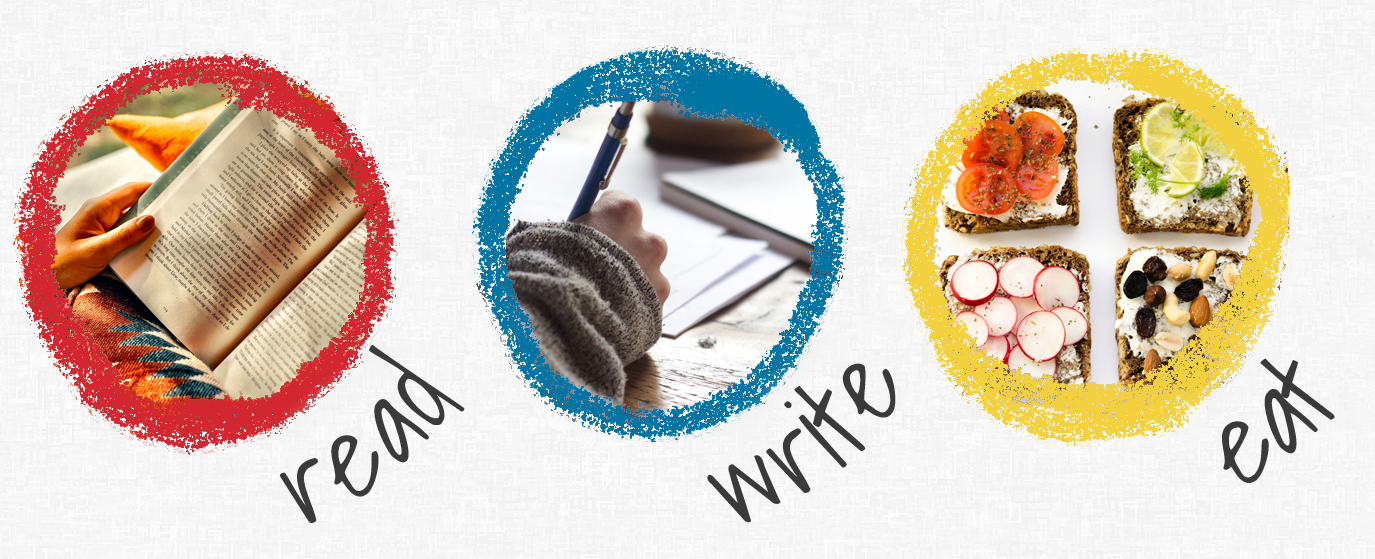The poet Tony Hoagland said somewhere that February is like a pack of wild dogs getting into medical waste. Well, October was like that for us. Surgery, bike accident, my mother broke her arm, and then the very worst, we lost a dear friend. Damn. I’ve been thinking a lot about solace and comfort, how to court them, and how they turn up in surprising places. Here’s to a better month ahead.

read
I took a deep, deep dive (okay, maybe I escaped) into Min Jin Lee’s novel, Pachinko, both listening to the audiobook, and reading the actual book in bed with my morning coffee. I loved her characters so much, in all their cruelty and kindness, in their striving to be accepted by family and culture all while dealing with tremendous loss. I adored this sweeping story of family and history. Pachinko follows Sunja, a Korean woman living in Korea and then Japan, through the arc of her life, from 1910 to 1989. There is betrayal, war, racism, illness, birth, death, food, joy, and love…all the things. The novel offers great solace, for like Sunja, we all suffer tragedies large and small yet somehow, if we’re lucky and available, in the long view we may gain understanding and peace. It’s just that when we are living our lives, the long view is so damn hard.
In an interview Min Jin Lee says of the game pachinko:
“You really can’t walk down the street or enter a single train station or go anywhere in Japan without seeing a pachinko parlour,” she explains. “And yet the middle class view this adult gambling game with enormous suspicion and a kind of contempt. When I interviewed all these pachinko parlour owners about how they messed around with the pins every single day to affect the payout, it occurred to me that pachinko is a rigged game. It isn’t gambling, it’s rigged. The house is going to win. And yet people still play! I think — and this is my little cynicism — that the world is an unfair place and yet we continue to play, and we continue to show up. We have to.”

write
It is with great joy that I write to let you know I’ve finished my book, Must Be Nice. I am currently seeking a home for my book. It is a long game. And, I’ve come to learn that if you don’t celebrate the small steps, you will be miserable. So, I am celebrating that I’ve written a book with characters I love, situations and stories that are complicated and human. I’ve taken it as far as I can on my own and I’m excited for the next step.
While I’m in the waiting phase, I’m digging around for inspiration for the next project. Here’s where I turn:
1. Social Q’s. Philip Galanes column in the Sunday New York Times. I love to read about the quandaries and difficulties that get so far beneath a person’s skin that they take the time to seek advice in the NYTs. Honestly, it is a wealth of story possibilities.
2. Museums. Take your notebook to a gallery. Give yourself a treasure hunt. Find a piece of art with a pomegranate or a stubbed out cigarette. Sit, write the story. Now find something else, a wine glass, a dog, a baby. Keep going. Turn the soil.
3. Find an artist whose work interests you and take a deep dive. Look at the longevity of other makers. What are they obsessed with? What is your obsession? I’ve recently fallen in love with Lee Mingwei who creates participatory artwork, hovering in the liminal space of aesthetics and intimate human exchange. Mingwei makes the observer an essential part of the artwork in a similar way that a reader is essential to the writer. Check out his works: Sonic Blossom and Letter Writing Project and The Mending Project.
Mingwei says about his work: “My projects all serve as a vehicle, a platform for people to come and share their personal history with the audience, with the community where the work is exhibited. Therefore [the work] forms a fabric, a social and psychological fabric.”

eat
I recently went to hear Zadie Smith speak and in her talk she referenced a conversation with Jonathon Safran Foer, in which he described meat consumption as responsible for a “holocaust of animals.” Man, that stuck with me. The power of language to hit the nerve that causes change is remarkable. I don’t know that I will become a vegetarian, but I know I’m on a break. I can’t bring myself to cook meat.
Lucky for me I found this recipe that I have made FOUR times already:
Kimchi Grilled Cheese Sandwich:
· 2 slices bread, either soft sandwich bread or large rustic slices,
· 1 tablespoon mayonnaise
· ½ cup sliced fresh mozzarella
· ¼ cup drained and coarsely chopped kimchi
Heat a heavy skillet over medium-low heat. Spread 1 side of each slice of bread with 1/2 tablespoon mayonnaise. Place the bread, mayonnaise-side-down, in the skillet and divide the mozzarella evenly over the slices.



